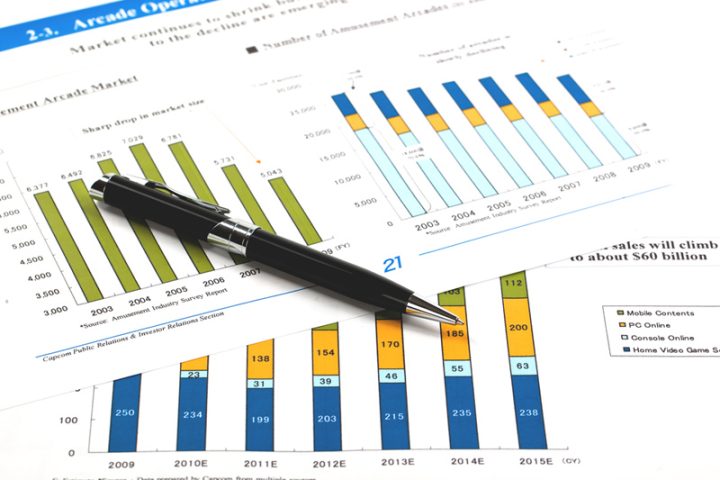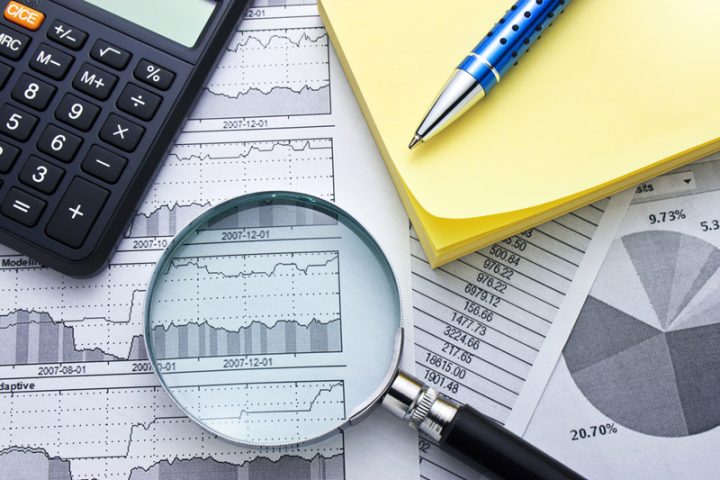The rapid rise in short-term interest rates, driven by high inflation and resilient economic growth since 2022, has led to the highest borrowing costs in decades in developed markets. This has put significant pressure on leveraged companies that rely on variable-rate debt. Over the past two decades, an increasing number of corporations have chosen floating-rate debt through loans rather than bonds, which would have stabilized their borrowing costs over extended periods.
This trend is in line with the growing number of private equity-owned firms that frequently borrow from the broadly syndicated loan market, collateralized loan obligation (CLO) funds, or private lenders such as Blackstone Group (NYSE:), Apollo Global, and Ares Management (NYSE:). The CLO market has nearly quadrupled since the global financial crisis, reaching almost $1tn according to Bank of America. Morgan Stanley analysts predict that by 2027, the private debt market will double to reach $2.3tn worldwide.
The shift towards loans occurred during a period of low interest rates. This era has now ended, posing challenges for borrowers, especially those with single B debt ratings or lower. However, more lenient creditor protections over the past decade have provided these companies with more flexibility to withstand short-term economic headwinds.
Relaxed covenants have also enabled many borrowers to forgo hedges for their floating-rate debts against rising rates—a decision that may now prove costly. Moody’s (NYSE:) analysts caution that by the end of this year, over half of single B minus-rated US companies will not have sufficient cash flow to cover their capital expenditure and service their debt.
The increase in interest costs has primarily impacted sponsor-backed firms and has been particularly harmful to lower-quality borrowers. The interest coverage ratio for these companies could drop to 0.91 by December from 1.32 at the end of 2022, indicating that earnings are insufficient to cover interest costs.
S&P Global forecasts that by June 2024, corporate default rates in the US will rise to 4.5%, up from 1.7% at the beginning of 2023. Despite this, ongoing economic growth and the ability to manage increased debt burdens have offered some relief for leveraged companies.
This article was generated with the support of AI and reviewed by an editor. For more information see our T&C.
Read the full article here






